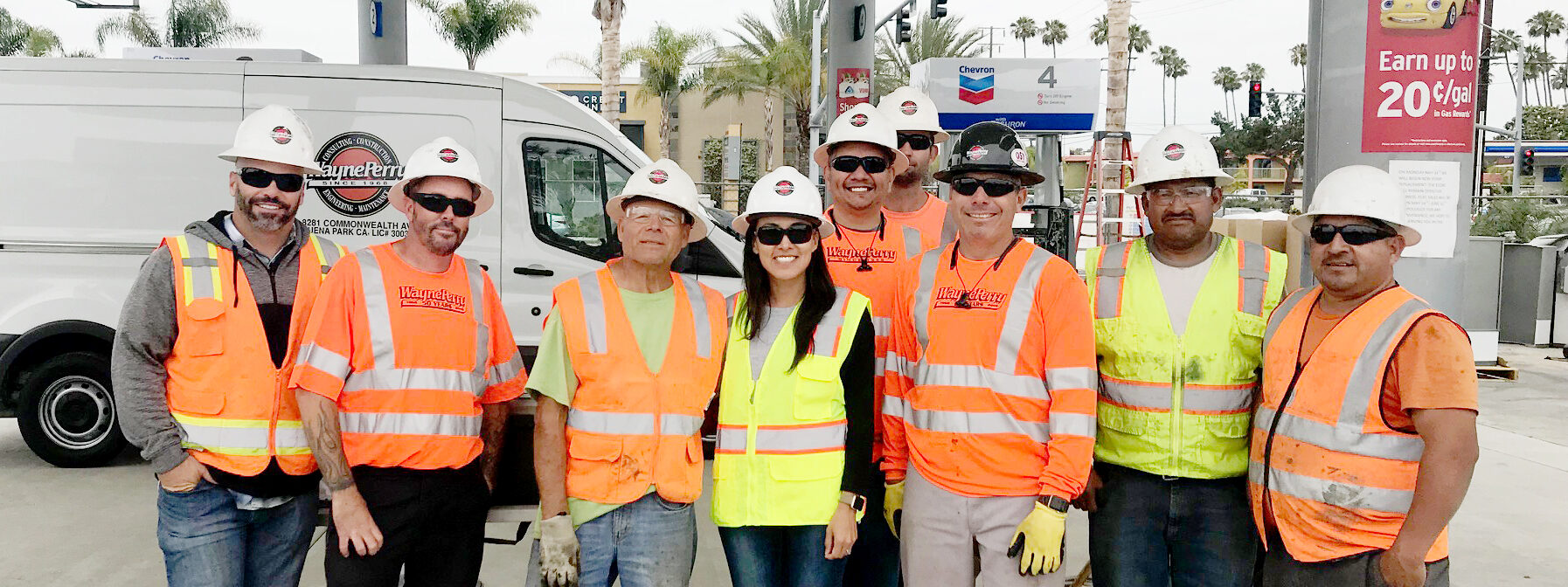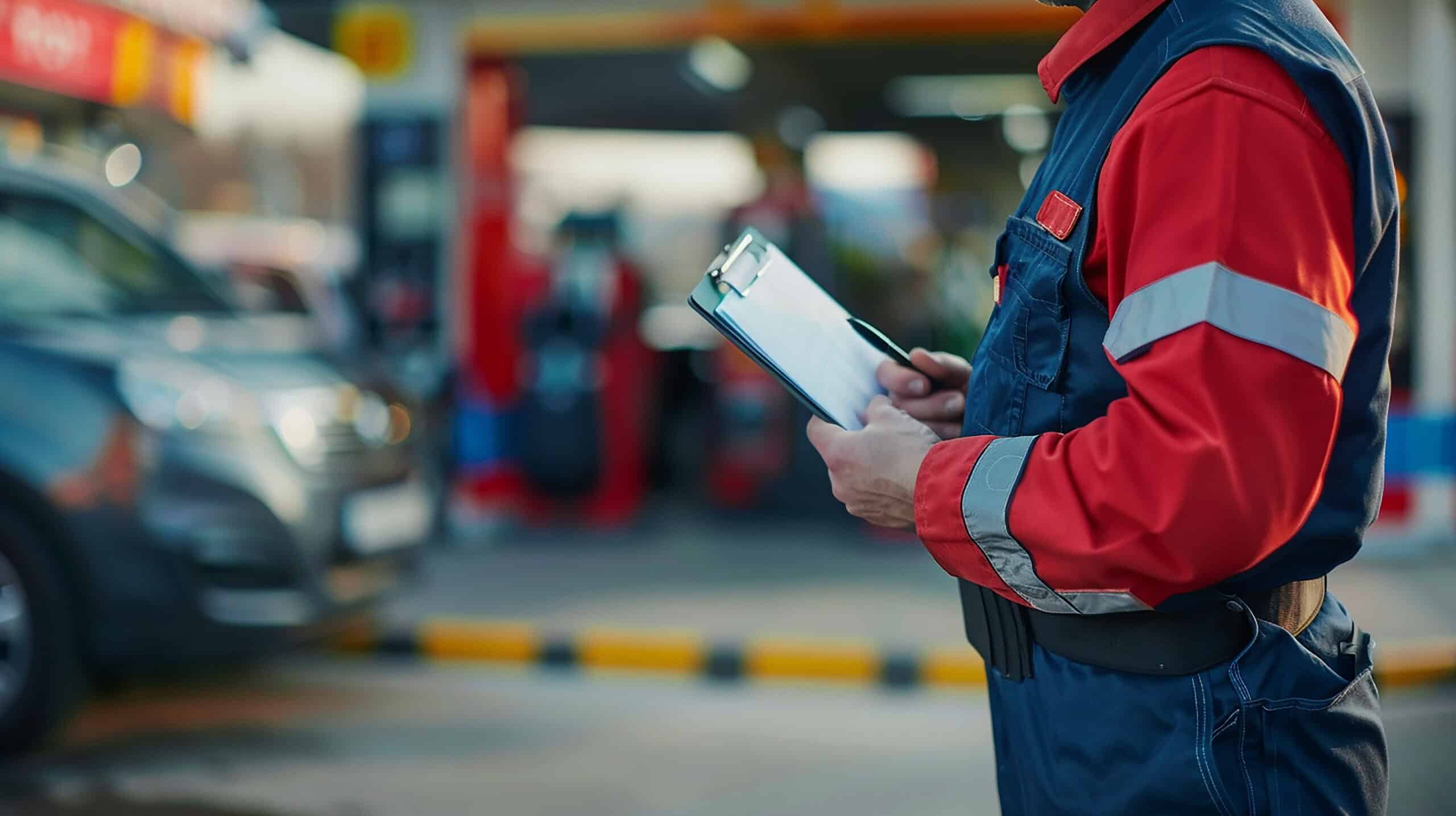Earthquakes can strike at any time with little warning, causing widespread damage and posing challenges to your business. When an earthquake happens, it has the potential to cause underground storage tank (UST) failure, which can lead to spills, fires, and environmental contamination. By implementing robust safety measures, you can protect your business from the risk of earthquake damage.
Here are some best practices to safeguard your station’s fueling infrastructure in the event of an earthquake:
- Risk Evaluation: Identify the likelihood of an earthquake happening at your station. Consider such factors as your geographic location, historical seismic activity, seismic zone classification, soil type, and tank construction, among other factors. By systematically examining these factors, you can assess your earthquake risk and take proactive measures to enhance seismic resilience.
- Restraint and Monitoring Systems for USTs: Install seismic restraint equipment and underground storage tank (UST) monitoring systems to fortify gas station safety against seismic activity. In regions prone to earthquakes like California, this equipment is crucial for mitigating the risk of tank failure. Seismic restraint systems, including sturdy restraint clips, effectively secure the tank, while UST monitoring ensures continuous oversight of tank conditions, bolstering environmental protection and public safety measures.
- Secondary Containment Systems: When considering safety measures for your USTs, prioritize the installation of secondary containment systems tailored to prevent fuel spills. These systems confine potential leaks within designated areas to capture and contain any spilled fuel. By implementing such measures, the spread of pollutants is prevented, safeguarding surrounding soil and water sources from contamination.
- Emergency Preparedness Plan: Developing an emergency response plan is critical for ensuring the safety of both your facility and the surrounding community. This plan should include details on evacuation routes, designated safe zones, and relevant emergency contact information to effectively address potential incidents and maintain public safety.
- Regular Inspections and Maintenance: Routine inspections and maintenance are crucial to ensure the structural integrity of your USTs. Thorough inspections should be performed regularly to identify any signs of wear, corrosion, or damage.
Preventing catastrophic UST failure during an earthquake is paramount to preserving public safety and minimizing environmental impact. By working with an experienced, reputable environmental specialist, you can mitigate the impact of earthquakes on both human lives and the environment. As we continue to grapple with the unpredictability of natural disasters, incorporating these practices is essential to ensure the resilience and safety of your business and the community.





